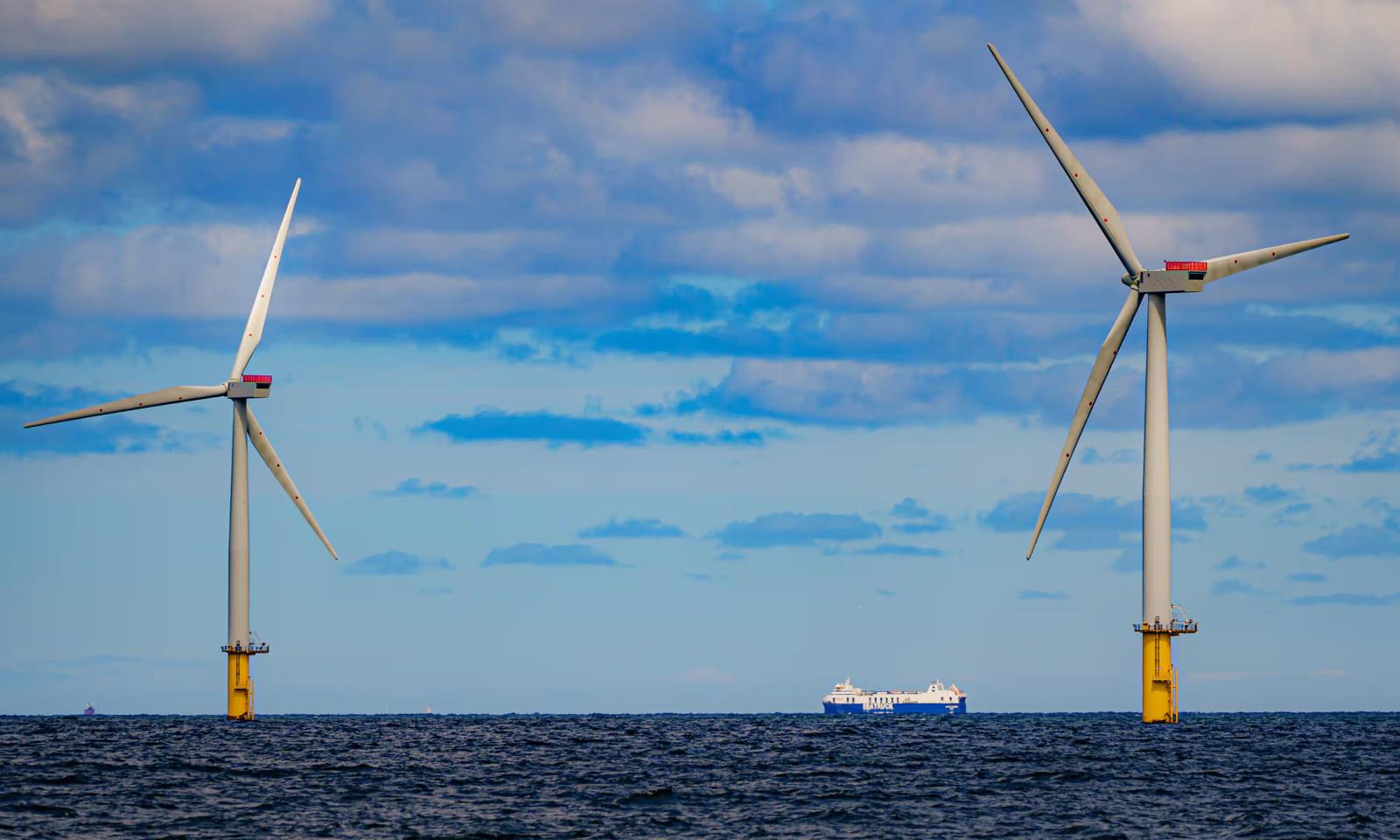
Offshore wind has become a cornerstone of the UK's energy strategy, contributing 29% of the country's electricity in 2023. However, the Lumen Energy & Environment study, commissioned by UK Steel, highlights that the benefits of this renewable energy revolution have largely bypassed the British steel industry. Imported steel, often cheaper due to lower energy costs abroad, has dominated the supply chain for turbine construction.
A Growing Opportunity for British Steel
The demand for steel in offshore wind projects is forecasted to average more than 1 million tonnes annually between 2026 and 2050, peaking at over 2 million tonnes in some years. This represents a significant increase from the current average of 300,000 tonnes per year during the 2021–2025 period.
Despite this rising demand, much of the required steel, particularly plate steel used in turbine towers and foundations, is not produced at scale in the UK. Meeting this demand would require substantial investment from private companies, which industry leaders argue is unlikely without a clear government commitment to favor British-made steel in procurement policies.
Gareth Stace, Chief Executive of UK Steel, emphasized the urgency of the situation, stating, "There is a great opportunity here, but it will require the government to take bold action. British steel should be considered as a default choice in public procurement, especially for large-scale projects like offshore wind that rely on taxpayer funding."
Aligning Policy with Industry Needs
Business Secretary Jonathan Reynolds is expected to release a new steel strategy in the spring, which will outline plans to increase domestic steel production and capacity while addressing the sector's challenges, including high energy costs and the financial burden of decarbonization.
Reynolds has previously expressed the government's commitment to reversing the decline of the UK steel industry, pledging £2.5 billion in investment. Some of this funding has already been allocated to projects like Tata Steel's transition to electric arc furnaces at Port Talbot, Wales, with further investments under consideration for British Steel's operations in Scunthorpe.
The Lumen study underscores the strategic importance of prioritizing domestic steel production for offshore wind. It estimates that the sector will require nearly six times more steel by 2050 than the combined needs of UK defense, highways, rail, and government buildings.
Economic and Environmental Considerations
UK Steel argues that retaining a larger share of the offshore wind supply chain within the country would not only support domestic jobs but also deliver greater economic value. Stace explained, "It's not just about cost; it's about value. Investing in British steel ensures that the economic benefits of these projects stay within the UK, rather than being exported along with the contracts."
The offshore wind sector has already made some progress in retaining value locally. Facilities like the Smulders site in Newcastle upon Tyne assemble turbine components, and the upcoming SeAH factory in Teesside is set to become the world's largest monopile production facility. However, both sites currently rely on imported steel.
A Sustainable Future for UK Steel
Stace emphasized the critical role of government policy in unlocking private investment. "Without a clear signal from the government that British steel will be prioritized, it's unlikely we'll see the level of investment needed to scale up domestic production. This is a once-in-a-generation opportunity to align the growth of renewable energy with the revival of the UK steel industry."
With offshore wind expected to play a key role in the UK's transition to net-zero emissions, the steel industry sees this as a pivotal moment to secure its place in the country's green energy future. Industry leaders are calling for a coordinated approach that balances economic, environmental, and strategic priorities, ensuring that the UK remains competitive in both renewable energy and steel production.
The government's forthcoming steel strategy will be a critical test of its commitment to supporting domestic industries in the green transition, with stakeholders across the sector watching closely for concrete actions to back up its promises.